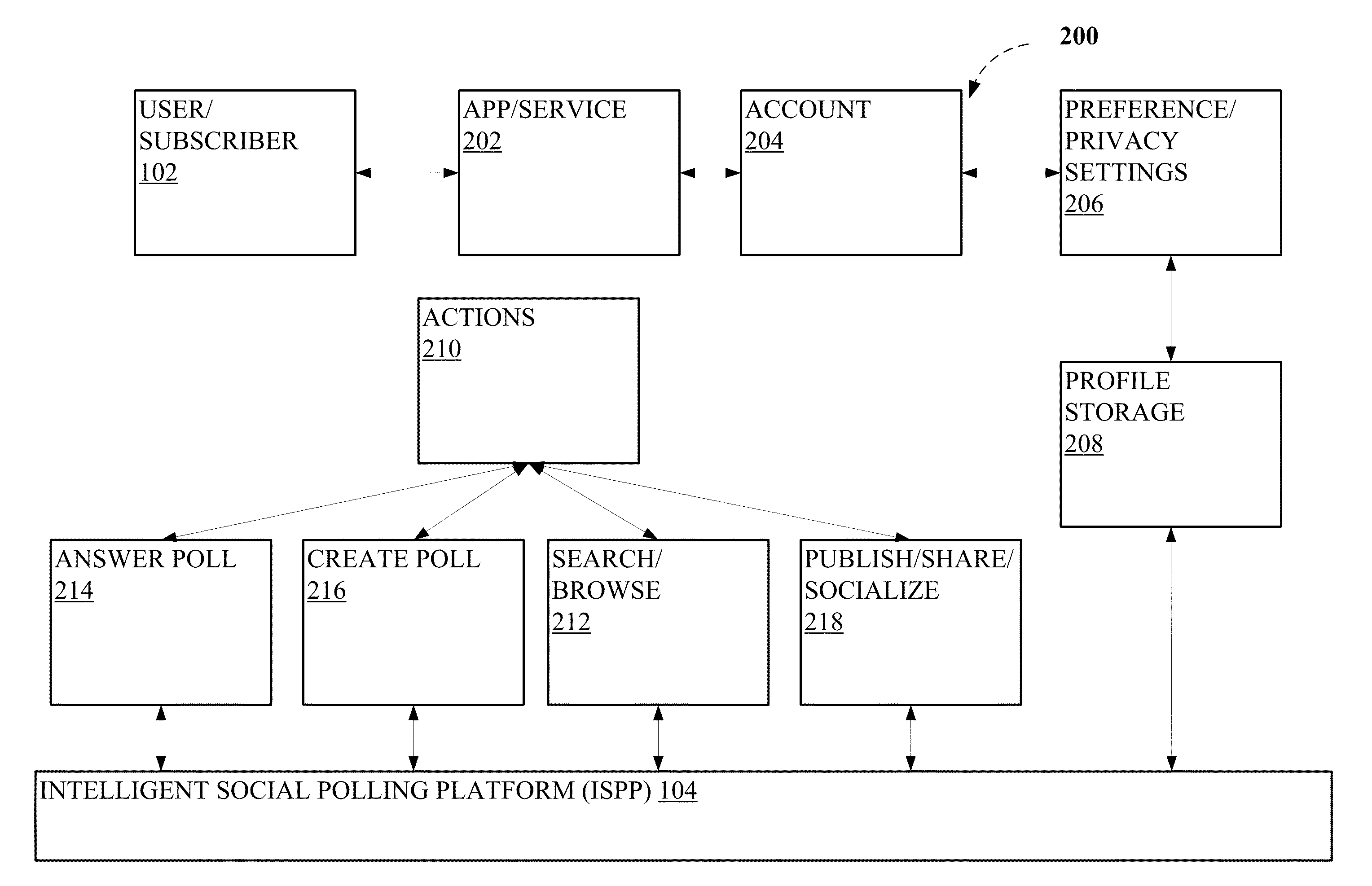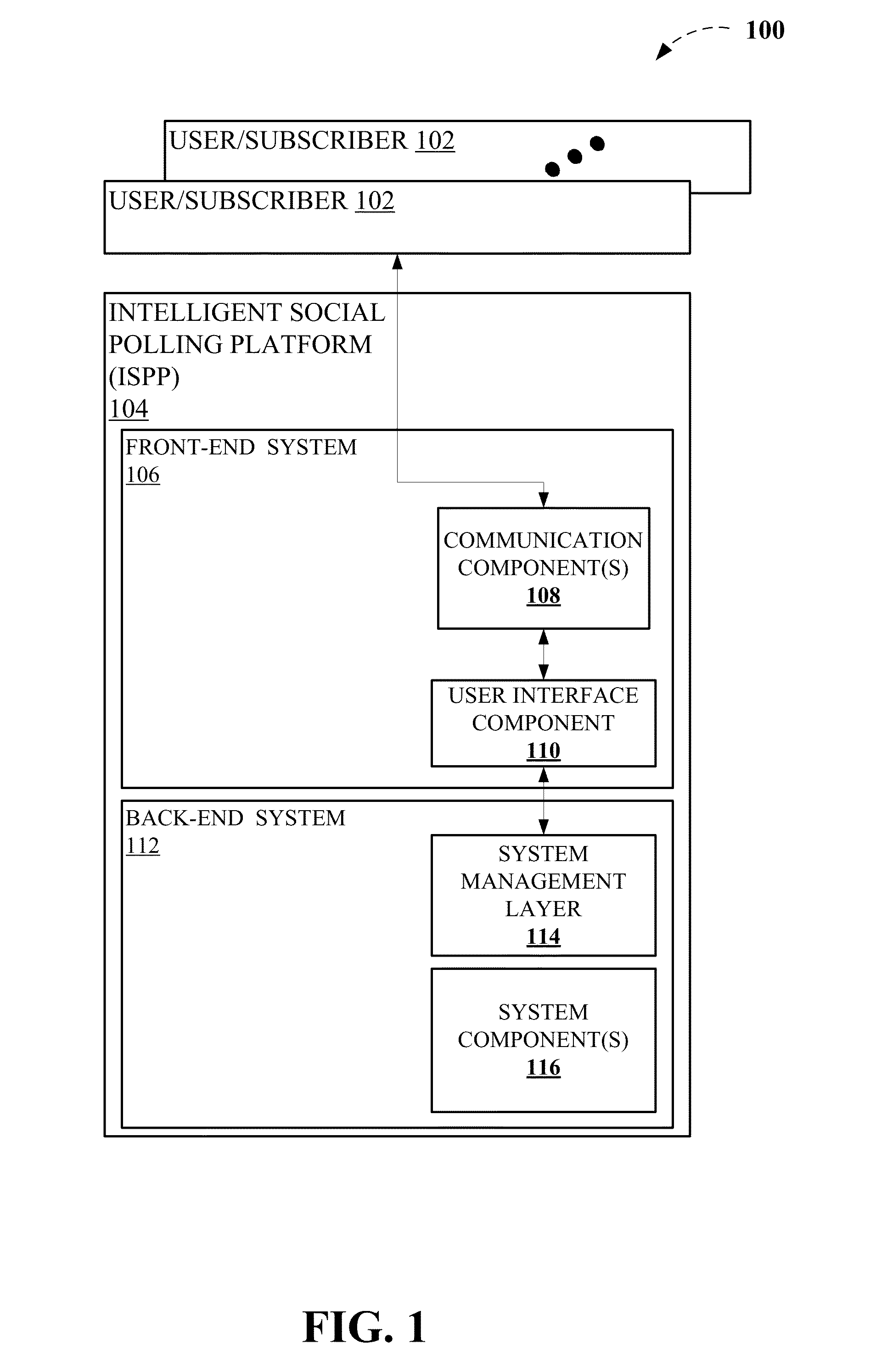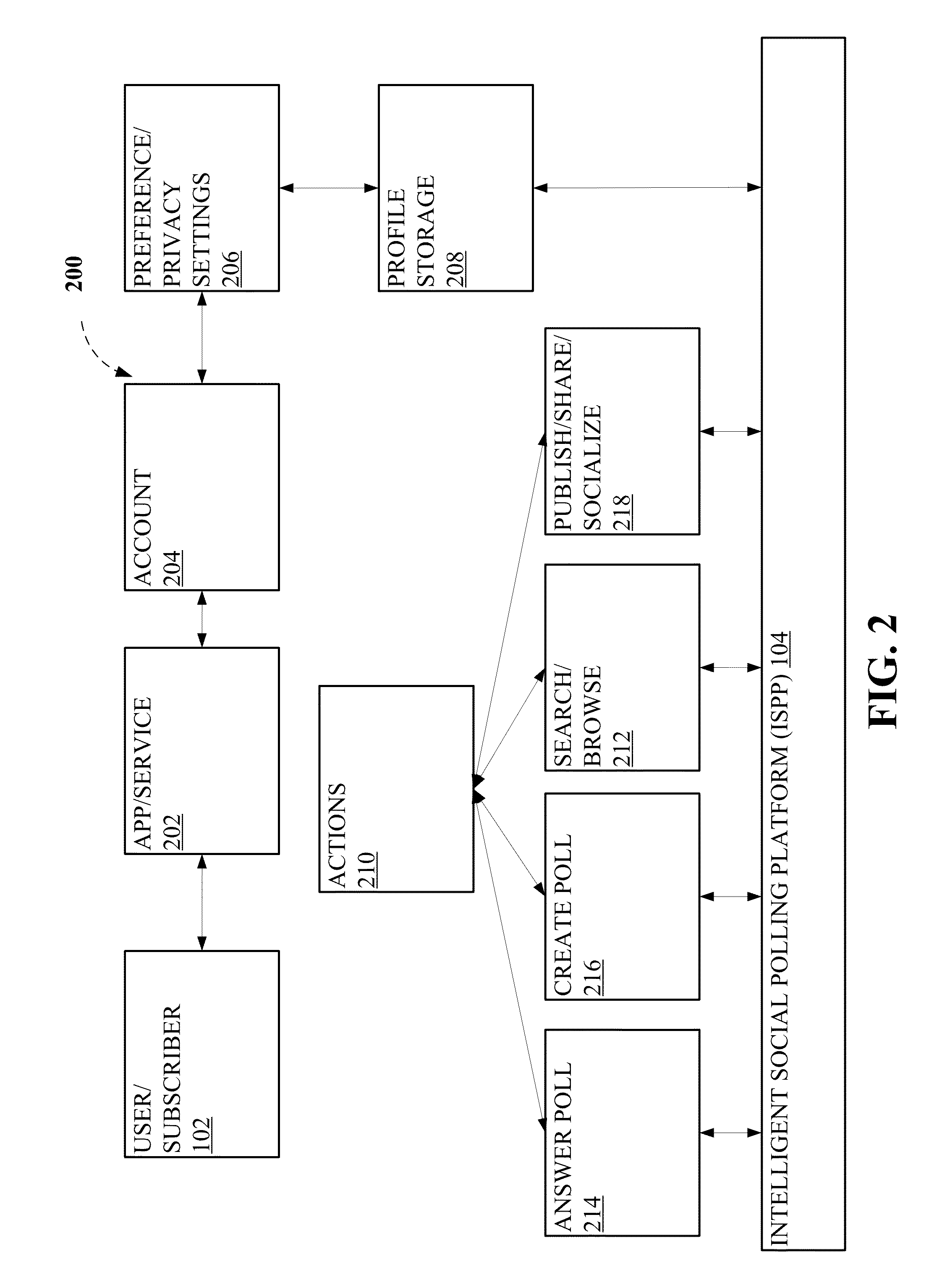As a result, information and statistics, such as information and statistics output from polls, are distributed, disorganized, and difficult to access.
But when attempting to correlate such polling data to the prior example, consumers of such data can be left with little useful comparisons.
In yet another example, a tracking poll that polls registered voters (e.g., versus likely voters) with partisan ID can lead to
oversampling demographics with respect to actual voting turnout or with respect to the partisan makeup of a location that the sample does not fairly represent.
Because such information and statistics output from polls are distributed, disorganized, and difficult to access, if not unreliable, it is not unreasonable for political campaigns to spend large amounts of money on costly internal polling.
Thus, as some
demographics age and as others (e.g., typically the youngest
demographics) abandon or forsake outmoded communication technologies, polling methods and samples that rely on the outmoded communication technologies may become further unreliable, such as by
oversampling older generations, relative to the younger generations.
For entities that wish to take
advantage of the information and statistics resulting from polls and surveys related to a topic of interest, there is no convenient approach for these entities to effectively benefit from this information.
However, online polls and surveys can either fail to elicit enough online traffic, which can thwart efforts at capturing representative demographics in the sample, or they can be targeted too indiscriminately so as to fail to achieve anything more useful than an outcome of a popularity contest.
In addition, such polls are often open only for a limited time, which can lead to unreliable conclusions if the results are relied upon out of context (e.g., outside an applicable time-span associated with the poll), and can be available only to a limited group (e.g., poll creator, participants, etc.), which can further limit the usefulness of the resulting poll information and statistics.
Accordingly, conventional online polling platforms appear to suffer from a lack of a sufficient user base that would otherwise allow capturing a proper sample size and determination of representative demographics.
While other examples of contemporary communications technologies (e.g.,
social media) can allow posting of such surveys or poll questions, such facilities are often limited in scope and / or utility.
For example, some may lack the ability to capture or target specific demographics, they may include built-in
selection bias as a result of being limited to an existing friends or fans network, and / or they may be tied to existing friends or fans network, for which, depending on the sensitive nature of the poll subject matter, may cause some users to be reluctant to participate (e.g., topics such as politics and religion can be sensitive subject matter even between friends, etc.).
Furthermore, the data collected by such contemporary communications technologies may not be available other than in a rudimentary form, which can thwart efforts at analysis and synthesis of information useful in a business or political context.
In yet other attempts that may elicit market research as a condition for access to a resource, there is no assurance that poll responses provided are truthful or valid, nor is there any incentive to provide meaningful data.
Whether it results from the lack of a
community atmosphere, or whether it results from the randomness of the polling, such oversights can lead to further unreliability in collected poll data and can diminish the value of otherwise valuable market research opportunities.
Thus, while the patchwork efforts at online polling or using contemporary communications technologies for polling can provide rudimentary polling facilities, such efforts fail to provide useful polling data and
analysis tools, fail to
gain significant poll
exposure to ensure truly representative and / or random samples, fail to provide a reliable means to target specific demographics, and / or are subject to sampling and non-sampling errors, etc., among other deficiencies.
 Login to View More
Login to View More  Login to View More
Login to View More 


